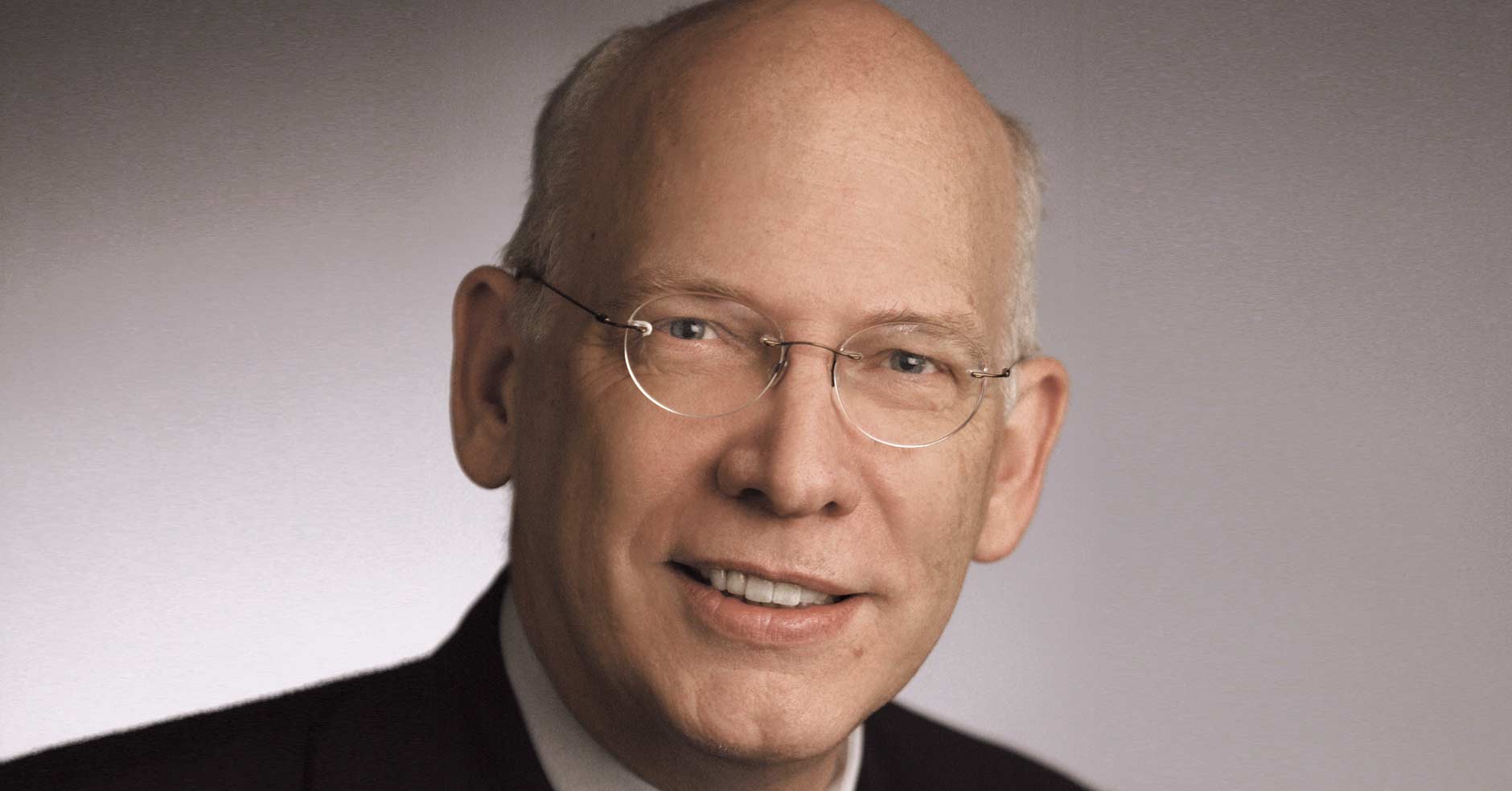In the aftermath of the Great Recession of 2008, I recommended to our readers the bestselling book, The Fourth Turning: An American Prophecy by historians Neil Howe and William Strauss. In that book, the authors looked back over 500 years of history to explain a cycle theory that history moves in Saecula, Latin for a long-lived life of 80-100 years. According to this theory, within each Saeculum there are four periods, each lasting 20-25 years: a High (a period of confident expansion), an Awakening (a time of spiritual exploration and rebellion), an Unraveling (a period marked by individualism triumphing over crumbling institutions), and The Crisis (when society passes through a great and perilous gate in history). I liked the book because I could easily connect their theory with empirical evidence documented in history classes or that I could easily remember.
They opened the 1997 book with “America feels as though it is unraveling.” They marked the beginning of the Unraveling as 1984. It’s easy to criticize their theory as being overburdened with hindsight bias. But, as events unfolded between the book’s publication in 1997 and my reading in 2008, history revealed their predictions offered up in 1997 were eerily prescient.
I also connected with the book by the authors’ use of Jungian archetypes to describe the generations that are born during each turning. The baby boom generation, of which I am a part, is labeled Prophet; Gen X-ers, Nomads; Millennials, Heros; and those most recently born, Gen Z-ers, are labeled Artists. It is important to note that it is the much-maligned Millennials who will be the heroes on par with the Greatest Generation, the G.I.s who were in control at the culmination of the last crisis and got us through WWII. It is the change of control from one generation to the next that marks the turnings.
Mr. Howe has been quite busy (Mr. Strauss
“It feels like déjà vu all over again.” — Yogi Berra
died in 2021) and just this summer, published the follow-on book, The Fourth Turning Is Here: What the Seasons of History Tell Us about How and When This Crisis Will End. If I have piqued your interest, don’t worry. You don’t need to read both books to understand it. Just cut to the chase and read this one.
So why am I, a financial planner, telling you all this? It’s not because I think it to be the end-all, be-all statement on the state of the economy, financial markets, and political climate of today. Nor is it because the book has a clear prescription for how to deal with our current state. It’s because there is some risk that they are right. If so, it calls for us to be alert to the possibilities that confront us as the crisis reaches its climax that Howe calls Ekpyrosis, (nature’s fiery moment of death and discontinuity). “The Ekpyrosis refers specifically to the culminating years of the Crisis era, when public events move at maximum speed—completing the combustion of the old saeculum and making room for the birth of a new.” It’s important to remember that while the Fourth Turning is about crisis and calamity, I draw hope in the idea that it is then followed by a High and an Awakening.
So, how does Mr. Howe believe that this American Crisis will reach its climax? He gives himself plenty of wiggle room in citing how there could be anomalies this time around, but he asserts that it is likely to be resolved in the late 2020s or early 2030s in one of three ways: 1) a financial crash that is likely to be worldwide since we are now so interconnected; 2) Word War III among the superpowers, or 3) civil war in the U.S., as unthinkable as that is. Does the prospect of either of the last two make a financial crash more palatable? I doubt it, but since this is a financial column, let’s stick with it.
If the current crisis period began in 2008, as Howe claims it did, we have witnessed three financial crashes since then: The Global Financial Crisis (fall of 2007 to 2009); the Pandemic Crash (late winter 2020); and a post-pandemic crash (winter of 2022). A follow-on recession was triggered by the first two. As you may recall, the U.S. led the world in an aggressive campaign of both fiscal and monetary stimulus, leading to easy money (i.e., primarily low or no interest loans). The stimulus worked and reduced the severity of the recessions and market crashes. However, it remains to be seen if we are going to dodge a recession this time around.
Since 2007, publicly held U.S. Government debt has tripled and, at this writing, stands at over 100% of GDP. The money supply grew by 300%. The Fed’s balance sheet grew by 1,000%. Additionally, credit card debt has now reached $1 Trillion dollars as of this month. All this is fueling inflation. According to Howe, “Chronic stimulus led to lowered savings, fed zombie firms, and suppressed business dynamism. Worse, it raised the risk of yet another crash by glutting Wall Street in order to feed Main Street. Worst of all, it ensured that the next crash — when it came — would be one that stimulus could no longer remedy.” So, what to do?
Last year in this space, I advised three steps that are, in light of the Fourth Turning, even more appropriate today: 1) De-risk as much as possible. 2) Set SMARTER goals. 3) Focus on cash flow (now and the future). I went into depth on each of these in 2022. If you need a copy of that article, let us know.
Scott Neal is president of D. Scott Neal, Inc., a fee-only financial planning and investment advisory firm with offices in Lexington and Louisville. Correspond with him at scott@dsneal.com or by calling 1-800-344-9098.






